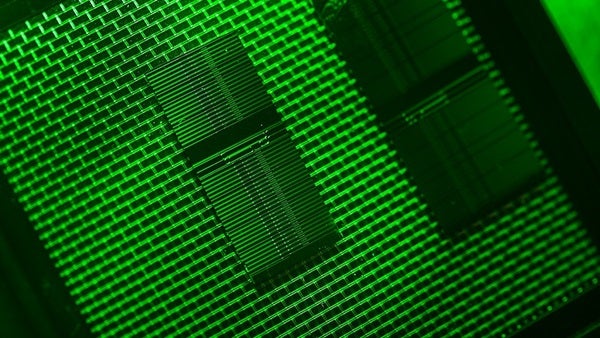This chip is designed for a telescope and gives astronomers a clear view of planets outside our solar system that may support life.
Associate Professor Steve Madden from The Australian National University said in a press release that this chip removes the light from the host star, which leaves a clear image of the planet for astronomers.
Madden compares the light cancelling chip to how noise cancelling headphones work.
“This chip is an interferometer that adds equal but opposite light waves from a host sun, which cancels out the light from the sun, allowing the much weaker planet to be seen,” Madden said.
Meanwhile, PhD student Harry Dean Kenchington Goldsmith from the ANU Research School of Physics and Engineering compared the chips technology to the thermal imaging equipment firefighters use.
“The chip allows the heat emitted from the planet to peer through dust clouds and see planets forming,” Kenchington Goldsmith said. “Ultimately the same technology will allow us to detect ozone on alien planets that could support life.”
Madden said the ultimate goal of working with astronomers is to hopefully find sustainable Earth-like planets, and this development may bring us one step closer to that ambition.
This research will be presented to the Australian Institute of Physics Congress in Brisbane later this week.










